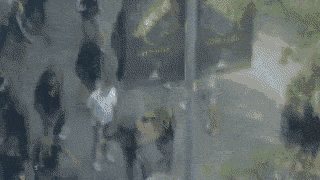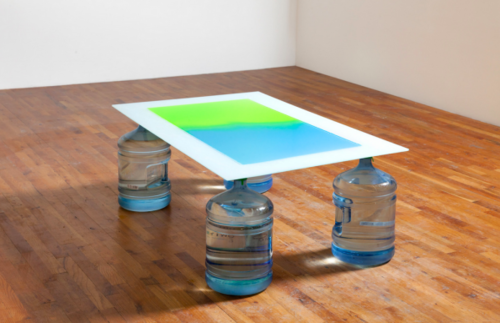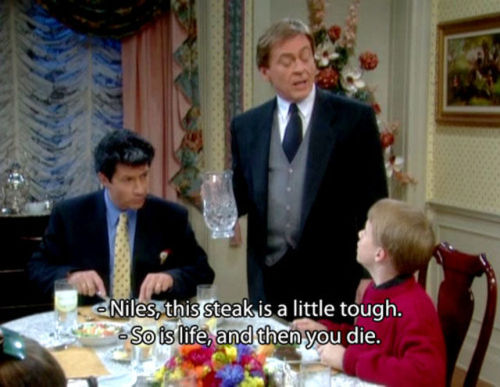


























 Why so serious / narcissus
Why so serious / narcissus Why so serious / narciso
___
[ENG]
Wood, nails, glue tape, paper, lamps, rope, nylon string, air fans, iron, zinc, (...)
2014
The work series “Why so serious” is composed by site specific installations, built and unbuilt at the exhibition site. These are installations that have their beginning and end on the same place in which they are presented, due to being constructed and aggregated according to the characteristics of their surroundings. The materials used are collected during several months in places like abandoned houses or construction sites, consisting mainly of wood, as well as objects that already belonged to the exhibition site, such as monitors, fans, lightning equipment and automatons. In each installation a series of archived images is included, also collected for several years on the internet, having in its vast majority a bizarre appeal or representing behaviors that are somehow considered deviant from what’s expected to be the social norm. They allow a symbiotic relationship between the comical and tragic atmosphere, according to their content.
These installations express a strong precarious aspect in their production, reflecting simultaneously the deconstruction that they seem to show; these (de)constructions alter themselves throughout the period of the exhibition, being the assembly procedure one of the main focal points for these works. Despite the seemingly random disposition of the parts, all of them are carefully placed and distributed on the entire infrastructure. The content of the images attached to the multiple surfaces, aims to highlight the exploitation of different notions of decay: if on the one hand there’s a precariousness and deterioration of the old material, a result of the passing time, on the other hand we have the use of images found on the internet, deprived of their moral values, being perpetuated by the massification and anonymity, allowing therefore a reflection about technological advancements. It’s important to underline the identitary component in its whole: on one side we have the unknown memory of the majority of those old or used materials, on the other, the identity of those characters emerging from the images, as a result of the dissemination of social networks. The own identity of each installation becomes individualized, despite the recurring conceptual basis, each one develops according to the space and so happens to each analysis.
////////////////////////// //////////////////////////
[PT]
Madeiras, pregos, fita-cola, papel, lâmpadas, cordas, fio nylon, ventoinhas, ferro, zinco, (...)
2014
A serie de trabalhos Why so serious, é composta por instalações site specific, construídas e destruídas no espaço expositivo. São instalações que têm o seu inicio e fim no lugar onde são apresentadas porque se constroem e agregam mediante as características envolventes. São utilizados materiais recolhidos ao longo de vários meses em locais como casas desabitadas e restos de construção, maioritariamente madeiras, assim como materiais pertencentes ao espaço de exposição, como televisores, ventoinhas, autómatos e sistemas de iluminação. Em cada uma das instalações é incluída uma serie de imagens de arquivo, recolhidas ao longo de anos na internet, na sua maioria com um carácter de estranheza ou representativas de comportamentos que se desviam de uma certa norma social. Estas possibilitam uma simbiose entre o carácter cómico e simultaneamente trágico, mediante o seu conteúdo.
Estas instalações apresentam uma forte componente precária na sua construção, reflectindo simultaneamente a desconstrução que aparentam; estas (des)construções vão-se alterando durante o próprio período de exposição, sendo a componente processual um dos principais factores nestes trabalhos. Apesar de uma aparente aleatoriedade na disposição, esta é fruto de uma criteriosa escolha e colocação dos diferentes materiais em toda a estrutura do trabalho. O teor das imagens que se agregam às superfícies, pretende sublinhar a exploração de diferentes noções de decadência; se por um lado existe a precariedade e deterioração do material velho pela passagem do tempo, por outro, a inclusão de imagens encontradas na internet, destituídas de valores morais e que se perpetuam pela massificação e anonimato, permitem uma reflexão sobre a própria evolução tecnológica. É importante frisar a componente identitária no seu todo: por um lado existe a memória desconhecida da maioria dos materiais velhos ou usados, por outro a identidade das personagens que surgem nas imagens, fruto da proliferação das redes tecnológicas sociais. A própria identidade de cada instalação torna-se individualizada; apesar de possuírem sempre a mesma base conceptual, ramificam-se no que concerne ao espaço e por consequência às suas análises.
////////////////////////// //////////////////////////
Site specific
@ Fundação Escultor José Rodrigues
see also / veja também
Why so serious
Why so serious II
Oh so serious









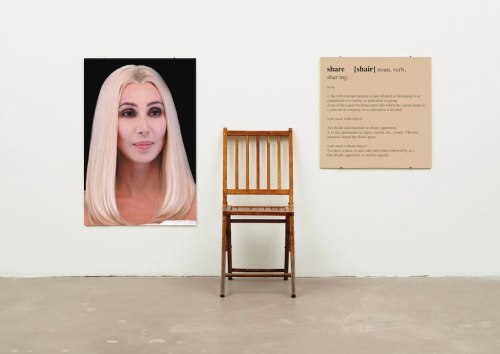









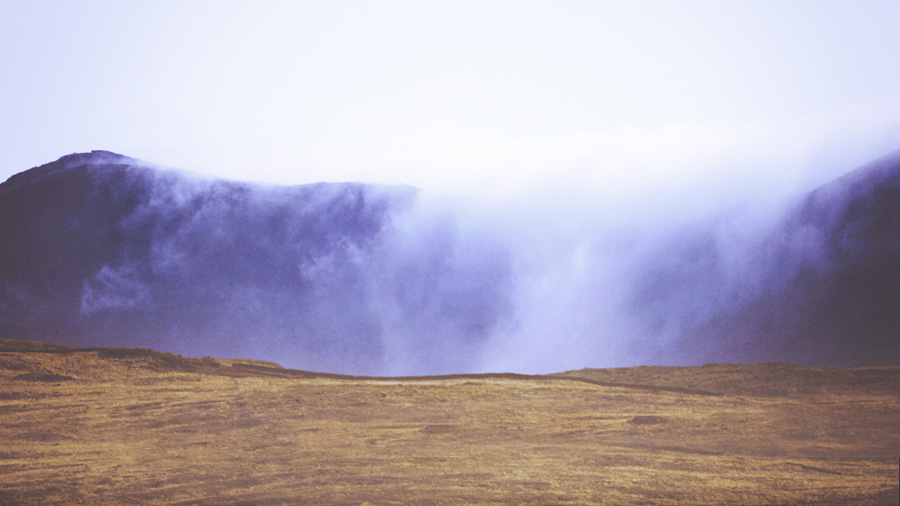



 Atley
Atley

















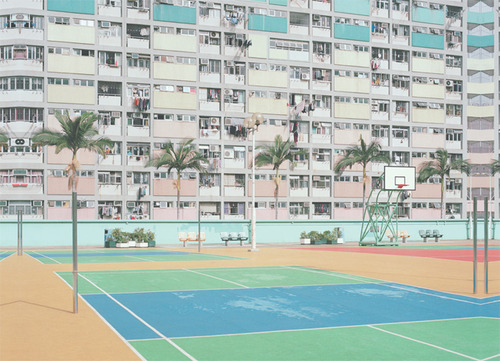
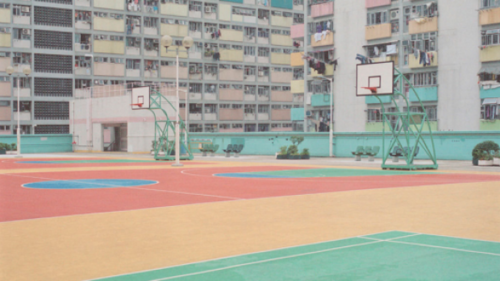











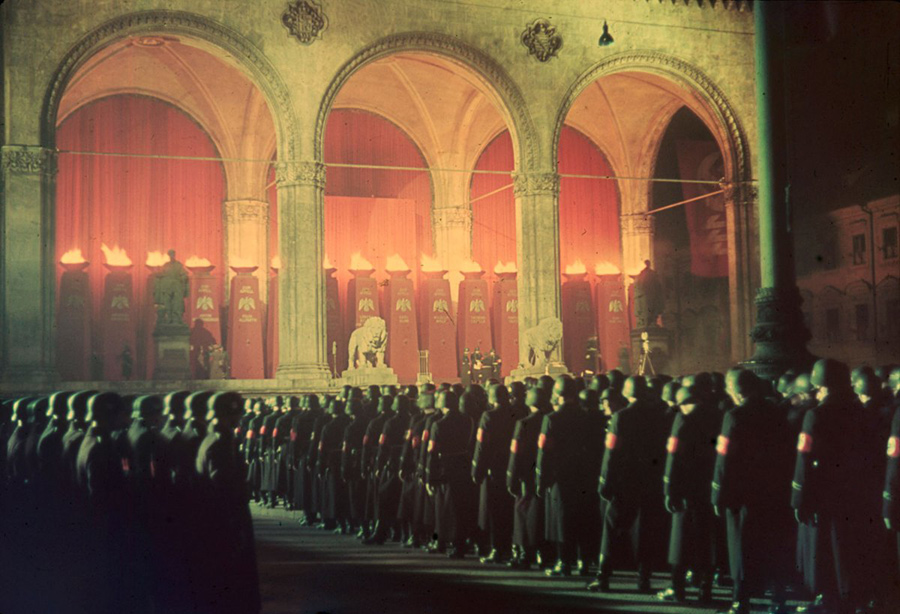









 The story of how LIFE came to own Jaeger’s collection
of 2,000 photographs
Folkert
The story of how LIFE came to own Jaeger’s collection
of 2,000 photographs
Folkert

